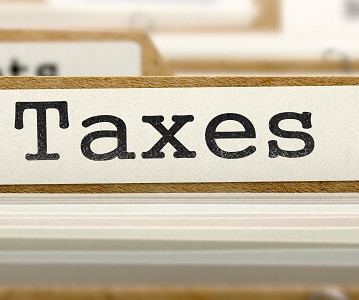Tax Season 2024: 7 Tips for Small Business Owners
Extensis
MARCH 11, 2024
Bonus depreciation Implemented in 2017 as part of the Tax Cuts and Jobs Act (TCJA) , bonus depreciation permits business owners to write off a large percentage of the cost of a qualified asset. To qualify, the asset must be depreciable with a recovery period of 20 years or less. Act tax credits SECURE Act 2.0
















Let's personalize your content